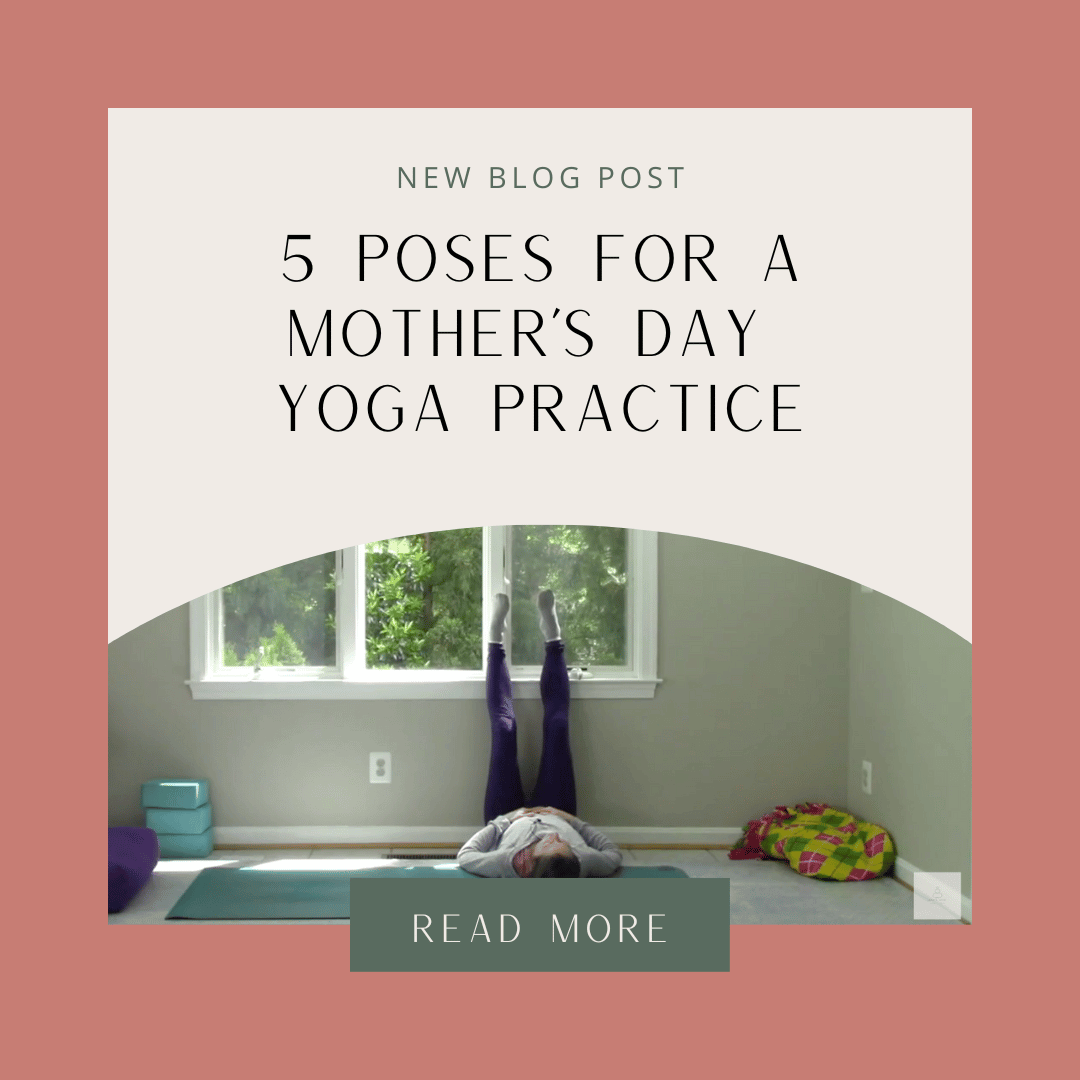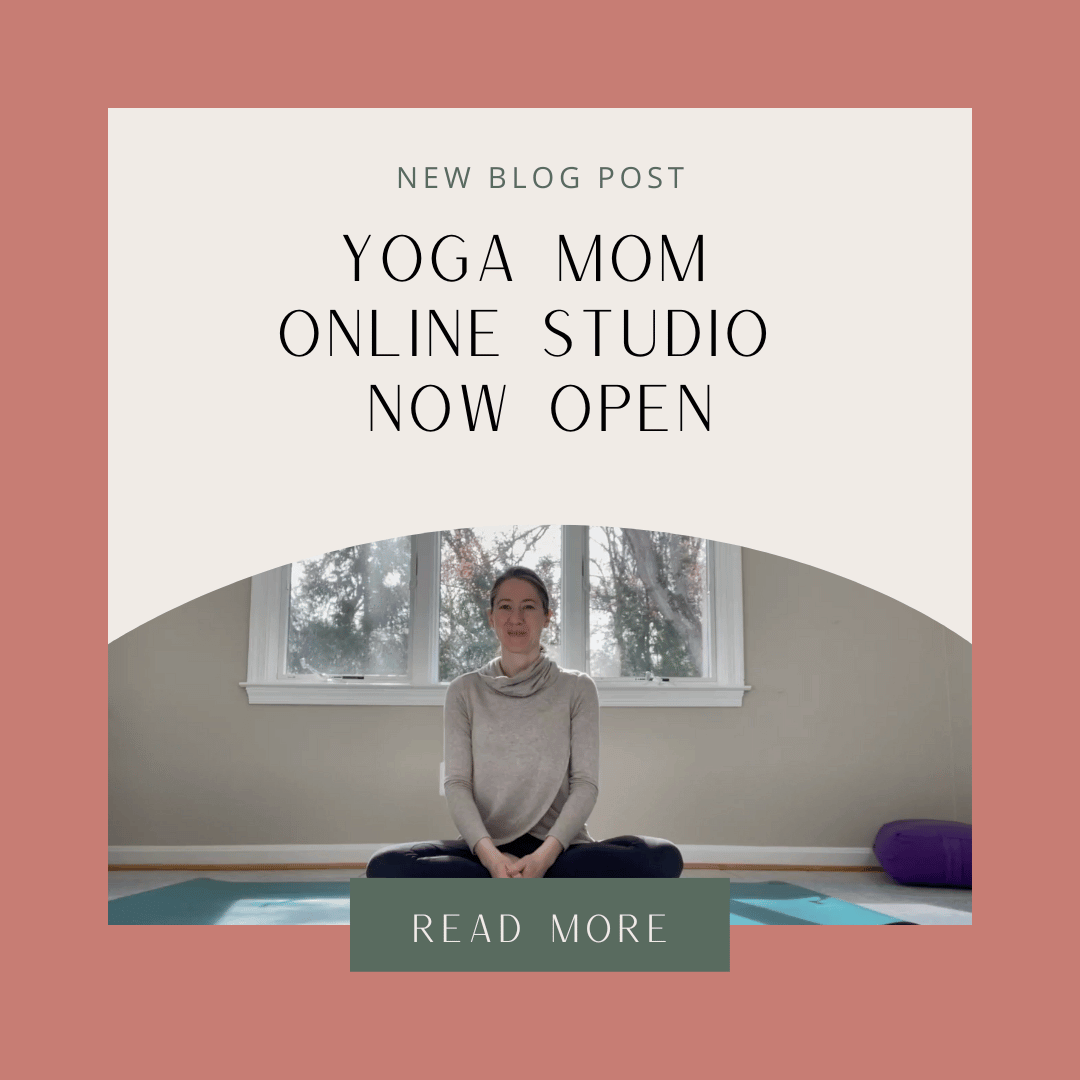Practicing yoga at home is both a great convenience and terribly hard. On the one hand, many people appreciate the ability to set up shop whenever, wearing whatever, and get to it. On the other hand, too many practitioners, some who have been practicing for years, have no idea what to do in a home yoga practice.
One of the first questions my private clients ask me when we first meet is how often they should practice yoga at home and for how long. They mostly understand the importance of maintaining a consistent practice, but they just don’t know what to do when they don’t have a teacher to guide them through a nicely sequenced routine.
They particularly want to know how long they should ideally practice, how often, and if there is such thing as too much yoga.
My students from the studio tend to have a particularly hard time practicing yoga at home since they’re so accustomed to getting their yoga fix in a very specific setting with someone guiding them along.
Luckily, with the advent of online yoga and the increasing access to quality online instruction, practicing yoga at home is becoming much easier.
However, I always try to empower my students to wean themselves off of a reliance on teachers in favor of listening to your own body and creating your own practice.
Here’s how long to practice
Unfortunately, I can’t cite any definitive scientific research for how long to practice, as the favorable research that has been conducted all used different lengths and styles of yoga programs.
When I tell students that they need to practice for as long as feels right in their body, a typical response might be something like – “how long is right?”
While it can be hard to practice yoga postures every day, it’s better to practice a little bit every day then not at all. If you don’t have a huge chunk of time available, make use of what you do have in 20 or 30 minutes of free time in between activities. Even 5-10 minutes of deep breathing can cause a shift in your mental state.
Consistency is always more beneficial in helping you sustain a long-term habit then waiting until you have hours in your day to start.
The benefits of yoga are compounding, meaning that the more you practice, the more you benefit from it. As a preventative approach to health care and self-care, the more time you put in over the length of your life, the more health and vitality you’ll receive as a result.
Listen to your intuition
What should you work on when you do practice yoga at home in the absence of a yoga video to follow? Whatever feels right. I understand that for someone still working on fine-tuning their intuition, this can seem like an impossible answer.
It’s unfortunate how body blind many of us have become to the point where we simply can’t understand how/where/why to bring awareness into the more subtle layers of muscle in our bodies and the subtle signals of our mind. The good news is, if we start practicing now we’ll eventually develop new neural pathways and learn our bodies from the inside out!
If you’re still working on developing your intuitive capabilities, at least get really comfortable with the difference between pain and discomfort. Practice trusting you gut, literally.
These instincts will help guide you in your at-home yoga practice.
What to include in your yoga practice
Before I dive into creating a framework for your practice at home, let’s talk about what yoga is. Many people have this idea that practicing yoga at home means practicing yoga postures. My own home yoga practice consists of a variety of postures, meditation, rolling with my Yoga Tune Up® therapy balls, and reading or studying yoga texts. Sometimes my yoga practice is about turning off the computer and spending quality time with friends and family. Other times my yoga practice is all about motivating myself to do something I don’t really want to do. Some days I need to build focus and concentration. Other days I need yoga nidra. And then there are the day when it’s nice to have a guided practice with a yoga video. I also enjoy rituals, chants, or tending to my altar.
Yoga is about so much more then the postures. As long as you bring an attitude of focus, concentration, reverence, and peace to a practice you can consider it yoga.
Yoga is a state of being. If you can cultivate that state of being in an activity, it can be considered your yoga practice.
In the Yoga Sutras there is a word called sadhana that translates to spiritual practice. Sadhana is the name of the second chapter of the Yoga Sutras where the 8-limbed yoga path is described. That path includes moral observances, postures, breathing, concentration, and sense withdrawal. Before you even decide to commit to an at-home yoga practice, take a few moments to make a list of all the things you want to do in your life to take care of yourself, to connect with yourself, and to develop peace within yourself.
Your sadhana may incorporate things you’re already doing, like daily prayers. Now it’s about threading all of these disparate practices into a container through which you can create more love, compassion, awe, and bliss.
Create your own at-home yoga framework
If you are the type of person who thrives in structured programs, let me give you a framework for your own precious minutes of practicing yoga at home each day.
First, decide how many days a week you can realistically dedicate time to practicing yoga. Give up the idea that you have to do an entire 60-90 minute practice. Be open to including a variety of practices from the list you created above.
Next, choose how much time you want to spend each day. Start small and build from there. If you set yourself up for success from the beginning, you’re more likely to continue succeeding.
Finally, assign a different body part or guiding principle for each day of the week. For example:
- Mondays – Legs, ankles, feet (choose lunges, standing poses, hamstring/quad stretches, etc.) OR grounding
- Tuesdays – Core (choose your favorite yoga core exercises like planks, and maybe throw in some inversions or arm balances if you’re comfortable) OR energizing
- Wednesday – Shoulders (choose arm variations to help you increase flexibility and mobility in your shoulder joints – think eagle arms, cow face arms, thread the needle, etc.) OR stability
- Thursdays – Spine (focus on forward folds, twists, and backbends) OR possibility
- Fridays – Hips (take some time to work into your inner and outer hips with half-pigeon variations, happy baby and runner’s lunges aka lizard OR joy
On the weekends, take a class, try a different style of yoga like restorative, yin, yoga nidra, or Yoga Tune Up®, or rest.
You can also rotate in other types of strength training or exercise programs as you wish.
The freedom of structure
When you set up your own at-home yoga program, you have a basic structure from which you can become creative and a starting point from which to flex your intuition.
The pressure is off to practice yoga for hours at a time at a studio that is inconvenient. You don’t have to have a charged computer or internet access. Just write down your basic framework on a piece a paper and put an “x” or checkmark next to the days you practice so you can track your progress.
When you are able to make it to a studio, it will feel like a real treat. When you’re not, you’ll still feel accomplished.
And of course, don’t forget to celebrate your practice! Make it fun to practice yoga and you’ll keep practicing for the rest of your life.
I hope you’ve found this helpful in thinking about how to fit more yoga into your life.
Here’s a quick peek into my own practice on a Tuesday afternoon.
Namaste!





